Hello and welcome to the June issue of the Peripatetic Historian. I’m your host, Richard J. Goodrich, and once again we assemble to weave history, travel, and photography into a coat of many colors.
This Month:
Standing on the Shore
In Pursuit of Wind Lions
Shells to Ploughshares
Plumb Raining
Ready? Let’s dive in:
Peripatetic Field Report: Standing on the Shore, Staring at China
For a spot positioned on the front line of the ongoing squabble between Taiwan and the People’s Republic of China, a place that was on the receiving end of more than a million artillery shells during the twentieth century, Kinmen Island appears far more peaceful and prosperous than I imagined. I expected to find bunkers and razor wire fences, large military bases and green camouflaged tanks rolling through the streets.
Instead, as our Mandarin Air flight dropped toward the runway, I saw houses, apartment buildings, high-rises and factories, knit together with a skein of roads that spread across the landscape. The island has made a great leap forward, transitioning from combat zone to nascent vacation destination in two decades. The enemy that once threatened invasion is now courted—a ferry shuttles mainland tourists across six miles of ocean, the moat between Kinmen and the Chinese city of Xiamen (roughly 300 miles northeast of Hong Kong). Luxury hotels welcome the same communist citizens that once gave military planners sleepless nights.
A Failed Invasion
Tension between Kinmen Island and the Mainland dates back to 1949. After the communist forces drove Chiang Kai-shek and his nationalist government to Taiwan, Chairman Mao turned his attention to recovering this small island group. It would serve as a stepping stone for the ultimate invasion of Taiwan.
At 0200 hours, October 25, 1949, an invasion fleet carrying 9,000 soldiers crossed the channel and landed on the northern end of the island at Guningtou. A ferocious two day battle erupted as each army struggled to dominate the battlefield. Ultimately, Mao’s forces were forced to retreat or surrender. The nationalist army repulsed the invaders.

Having failed in this attempt (and a subsequent try on the adjacent Lieyu Island) the communists were compelled to look for another path to repossession of the island group.
Meanwhile, the nationalist forces worked to convert the island into an impregnable fortress. They seeded the beaches with landmines and sank anti-landing craft barriers in the breaking waves. Engineers carved an elaborate network of forts and artillery platforms into the island’s stone core; sea-level tunnels were excavated in granite cliffs to provide a refuge for small warships and supply vessels. The island was hardened against a marine attack, forcing the People’s Liberation Army planners to alter their strategy.
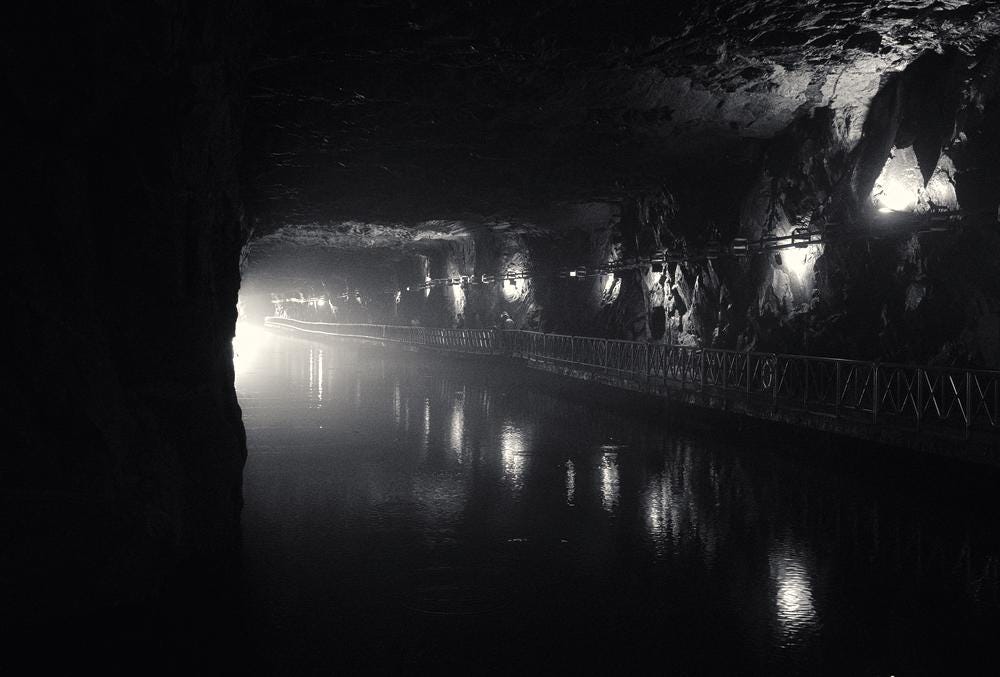
In 1954 and 1958, the PLA fired brutal artillery barrages at the island, hoping to force the occupiers to withdraw to Taiwan. An estimated one million shells fell on Kinmen. At one point the United States—then committed to the defense of Taiwan—contemplated nuclear bombardment of the adjacent mainland.
Ultimately these crises subsided and the two sides settled into a pattern of firing token shells at each other on alternate days. Most of these missiles contained propaganda rather than explosives. This odd duel lasted until 1979, when the United States formally recognized the People’s Republic of China.
The conflict de-escalated to a war of words—literally. On the northwestern coast of the island, the army erected a three-story concrete structure—the Beishan Broadcasting Wall—that housed 48 massive speakers. This auditory weapon blasted music and propaganda at the city of Xiamen. Propaganda speeches promised a warm welcome to defectors; the songs of Teresa Teng, a popular Taiwanese artist, were projected at volume that could be heard 15 miles away.
The conflict slowly petered out. Martial law was suspended on Kinmen Island in 1992 and the ferry to Xiamen began operation in 2001. The military has largely withdrawn from the island, and the forts, artillery emplacements, and tunnels are now tourist attractions—visited, ironically, by thousands of Mainland visitors each year.
Book News
And here’s a brief commercial reminder that if you enjoy the stories you read in the Peripatetic Historian, you will probably also enjoy the extended content found in my recent books—Comet Madness and L.A. Birdmen.
Learn more at: https://richardjgoodrich.com/Books.html.
In Pursuit of Wind Lions
As you might imagine sites associated with military history serve as the island’s principal tourist attractions. Although I served my country as a young man, I must confess to a deep antipathy toward the pointless violence that nations routinely use on one another. To put it another way: After a day admiring artillery pieces, tanks, bunkers, and the rest of war’s detritus, I was more than ready to look for a different vein to mine.
I found it in the wind lion gods.
These are the totemic statues of lions, standing erect on their hind legs like agitated bears, whose statues arise from the earth at strategic spots around the island. The Kinmen people believe that the wind lions have the power to divert typhoons and thwart all manner of evil.
Their principal purpose is to tame the relentless winds that track along the Taiwan Strait. Beginning in the thirteenth century, clear-cutting denuded the island. Absent foliage, every fresh breeze turned the island into a post-apocalyptic hellscape of blowing sand and dust.
Desperate villagers imported the wind lion statues from the Mainland. When their influence was deemed efficacious more statues were carved and installed.
Today the statues protect the reforested Kinmen Island. Standing at village entrances and beside roads, they are found in male or female variations; the female is distinguished by a modest sash, while the males sport a calabash or a more realistic depiction of gender.
They have also earned a reputation for managing floods, and assisting crime victims—they are said to be particularly good at finding rustled cattle. As a local deity of unusual potency they enjoy wide support among the people, and perhaps played a small role in turning back the PRC invasion in 1949.
Shells to Plowshares
As noted in this month’s lead story, more than a million shells fell on Kinmen during the thirty-year artillery duel. What do you do with all of that scrap metal once the gun smoke has blown away?
One clever solution is to work it into fine knives.
Maestro Wu Zeng-dong is a third generation blacksmith who specializes in re-purposing spent ammunition. It’s a family obsession: During World War II, Wu’s father faced a steel shortage and began to experiment with the artillery shells the Allies shot at the Japanese occupiers of Kinmen.
Recognizing the excellence of the material, the Wu clan collected shell fragments. This activity continued through the long decades when Kinmen suffered PRC shelling. The family accumulated enough raw material to sustain the business for decades.
Each shell is cut into small steel squares that are then heated in a forge and reshaped as knife blades. Depending on size, Wu can create between ten and sixty blades from each shell. A large stockpile displayed at his factory suggests that he will not soon experience a shortage of raw materials.
The quixotic recycling experiment has earned an international reputation. Kinmen knives are prized by cooks and culinary artists around the planet. The steel intended to slaughter people now slices meat, cheese, and vegetables.
And that is the kind of ending I appreciate.
Plumb Raining
As advertised last month, the Plum Rains did arrive in Taipei this month. To commemorate the event, I made a little video:
Program Announcements
Just a couple of life updates:
Our first year in Taiwan officially wraps up on June 30.
Next month’s installment of the Peripatetic Historian, will land in your email box at roughly the same time we touch down in the United States. We shall spend July in Western Oregon and Washington, and then back to Taiwan for a second year in August. There’s still so much to experience and explore here that we couldn’t refuse a chance to return.
And, finally, I have just completed the arrangements to spend October in Venice. I will be engaged in research for a new book, adding to my massive archive of Venice photos, and enjoying the city I love above all others.
So that’s the rough schedule through autumn.
Outro
I cannot conclude without mentioning that this issue marks the beginning of the fifth year of publication for the Peripatetic Historian. For those of you have been along for the entire ride (and those of you who have hopped aboard along the way), my sincere thanks. Here’s to the next five.
Be safe, be sensible, and I will see you next month.
Know someone interested in history, travel, or photography? Hit the share button and send them a copy of the Peripatetic Historian.
Thoughts? Comments? I have a button for that as well:




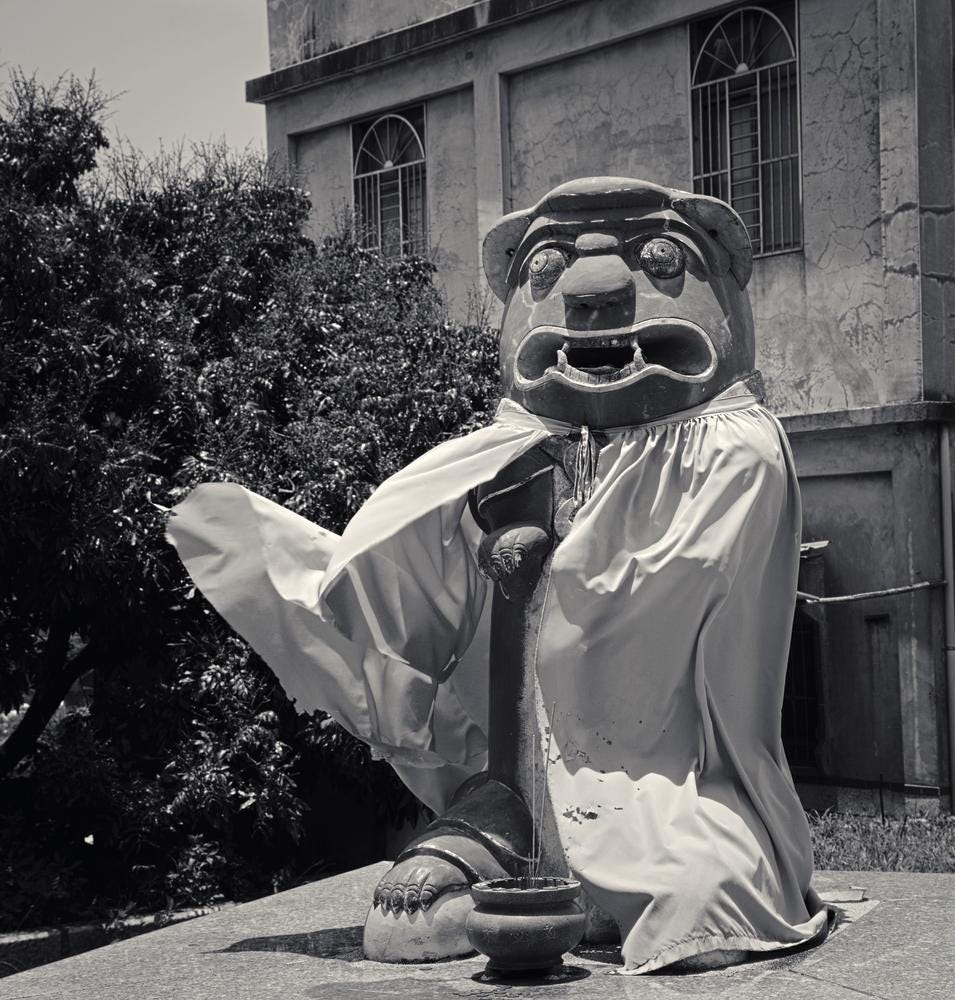
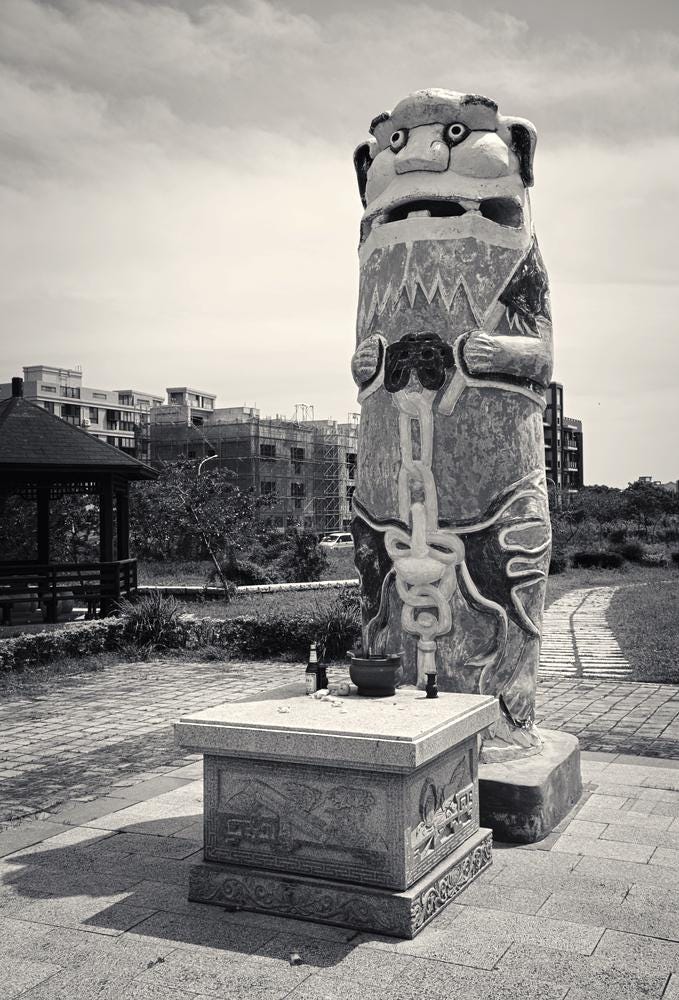
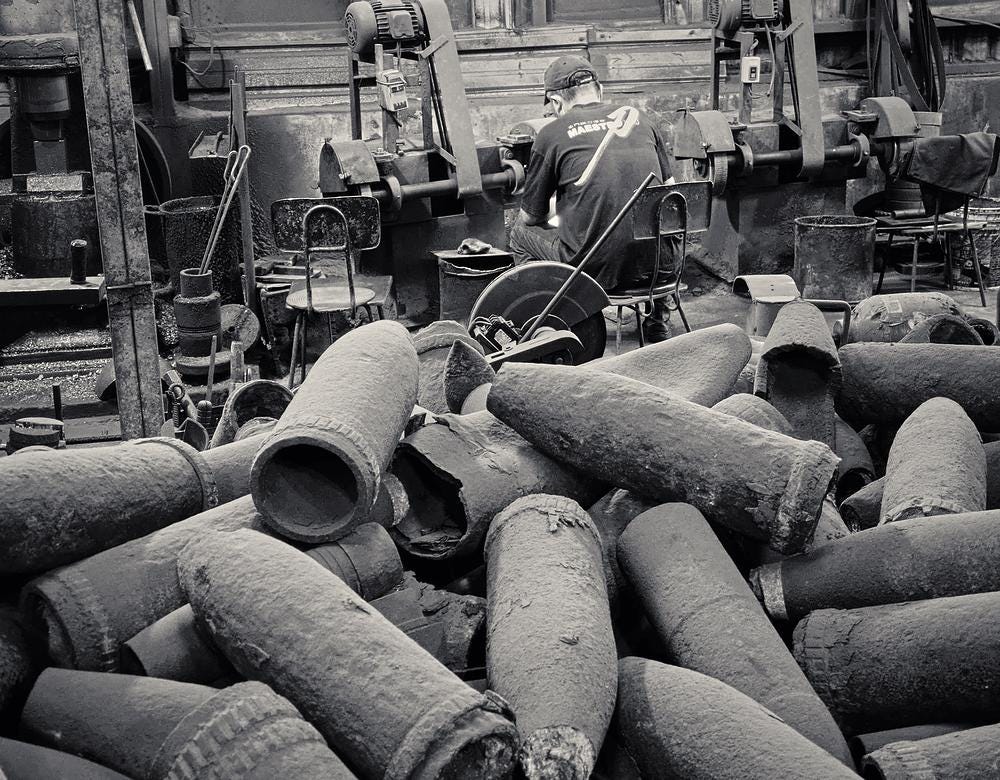
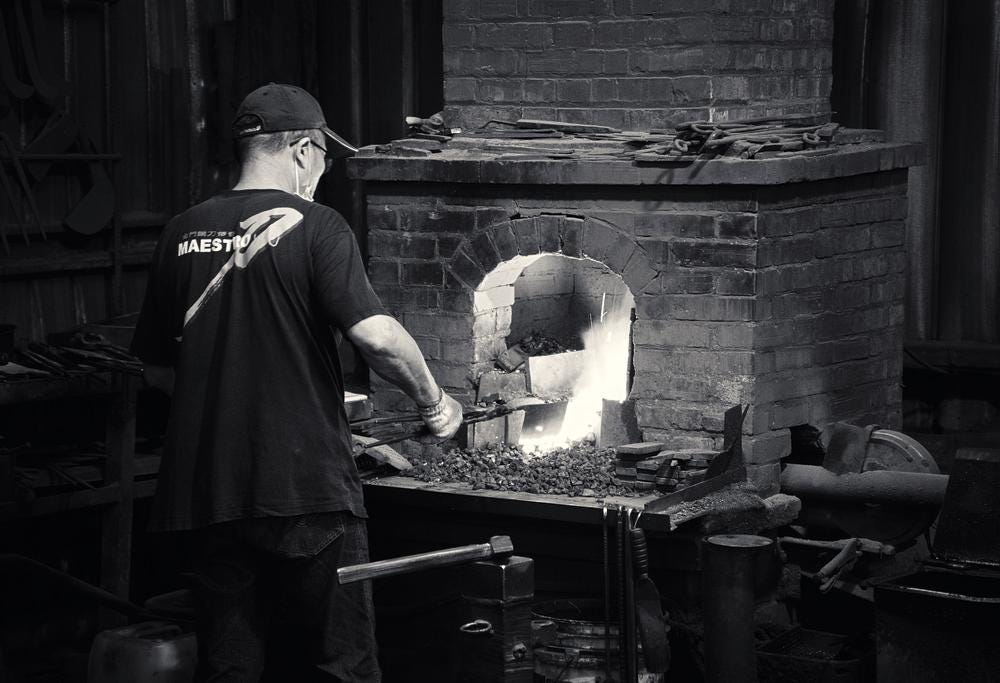
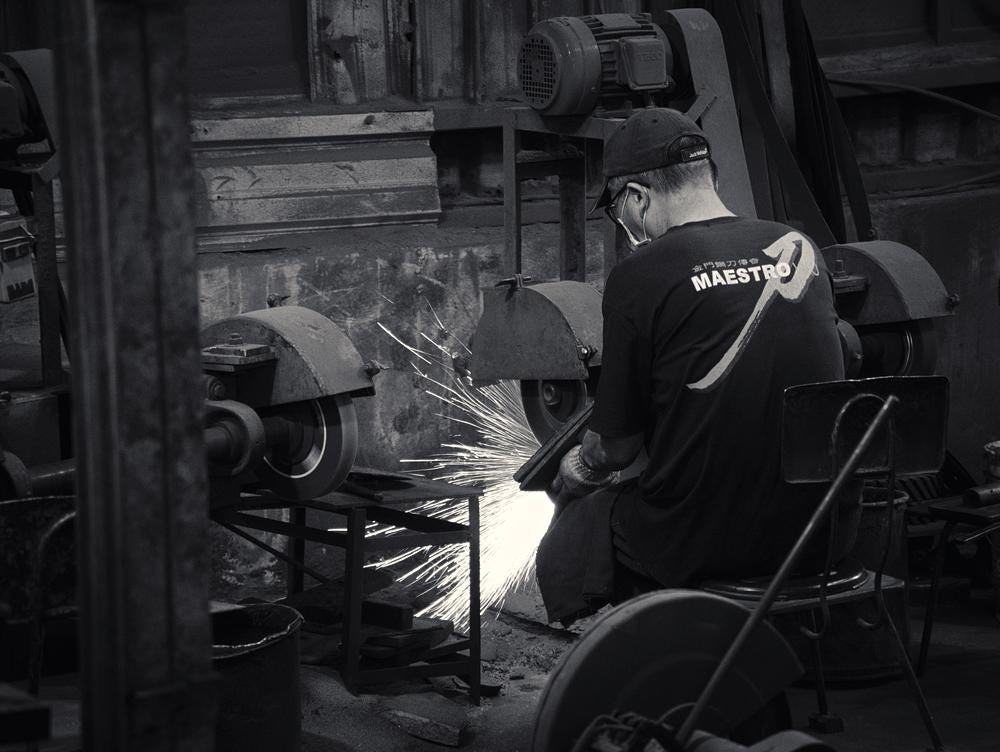

Good to hear you and Mary are returning for another year. That must be one view from your apartment in Taipei. Re-purposing the shells into knife blades is a true success story.